Draw like nobody's watching. On quieting your inner critic.
Approaching art making with my designer mindset. Basically, I'm making ugly drawings.
I’ve been drawing again—really terrible, ugly drawings that you’ll probably never see, but I’m drawing. Usually at night with a portable reading light clipped to a sketchbook, headphones on while half-watching random YouTube videos on my laptop because I can’t seem to quit multitasking.
I like to draw on the couch, an unlikely place to make art. On my left is a long wooden tray that holds a glass of water, a tube of cream to calm the angry eczema on my right hand, and an assortment of roughly two dozen graphite and charcoal pencils. The chaise end of the sofa is often the most cluttered corner of our very tidy apartment, but it’s the one cluttered surface I can overlook without my inner voice revolting in protest.
We all have a junk drawer; mine just happens to be perched on the couch. It’s literally a single cat pounce away from disaster if that glass of water topples over.
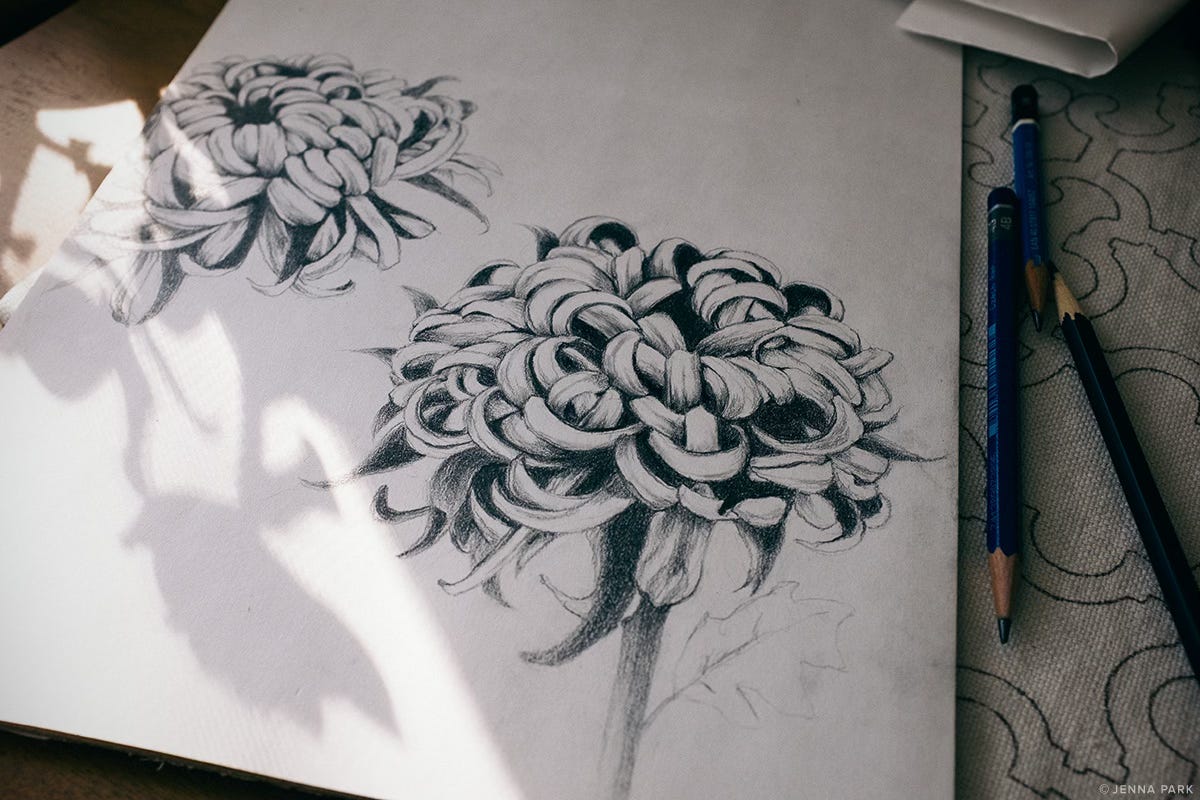
I’ve never been much of a sketcher. I have a graveyard of sketchbooks lined up on a bookshelf dating back 25 years that I’ve started but later abandoned. A bit of a weird confession for someone who was once a fine art major. But I keep them all because…well..I don’t know. Evidence of my shortcomings in my own undisciplined practice? I hate wasting paper?
I’m not a scribbler or a mark maker either. And yet, I’m flying through the pages of a postcard-sized sketchbook that I finally christened, scribbling with oil pastels, brush pens, and charcoal pencils that fight against my love of precision and control. I’m even using color, finally, by arbitrarily grabbing sticks of pastels from a tray with little thought to whether they’ll clash or harmonize. A purply thistle with an earthy coral—is that a gross combo? Let’s find out, I don’t care. No wait, that really is disgusting. OK, let’s turn the page and start over.
I use these mediums because I can’t easily erase the mistakes I want to fix. Instead, I layer more marks and add gestural lines to cover the ones I dislike, allowing the drawing to evolve into something entirely different from where it began. I know this is the basic tenet of art making, but I don’t usually draw like this. I’m too careful. This is why I have videos playing in the background while I draw—so I can get out of my head before I start to overthink and get paralyzed by how I want something to look. As much as I’m amused at how ugly some of these sketches are, I love them for how little I care.
Iteration unfolds into possibilities. This is where art emerges in the creative process.
I was thinking about my career as a designer and how I never made the connection of applying the principles of product design to how I approach artwork. When I moved over to user-centered design from print and web midway through my career, I had to unlearn and adapt to processes that were uncomfortable to a detail freak like myself. It shocked me at first. Pushing out regular product releases meant that we didn’t have time to endlessly deliberate over type, color, or even a logo mark. Instead, user feedback was how we iterated; user satisfaction was how we measured success. Releasing something out into the world that wasn’t properly interrogated nor polished seemed so rushed, so risky, but I learned to let go of details that didn’t interfere with functionality. Only I would be obsessing over them anyway.
It was somewhere around the time that I wrote this essay that I had a duh moment of clarity.
Move fast and break things. So they like to say in tech.
Iterate, improve or fail and restart. My gentler version of the same manifesto.
Not to reduce my life to something that sounds so didactic, but if I think about my post-career life as a prototypable experiment in the same way that I approach design, then this is the mindset I need to inhabit that will help me climb out of my creative stagnation. I just need to try lots of different things, and any of it is disposable. All of this seems so painfully obvious, yet when you’ve been stuck for so long, the obvious isn’t so apparent—even when you’ve been living and breathing it through a different part of your creative brain. Talk about compartmentalization.
Because tell me, what kind of artist are you if you’re an artist who doesn’t make any art? When I get frustrated, I don’t make anything at all. Sometimes that lull lasts for years. Perfectionism can be the death of creativity. You can hold yourself a prisoner with your own insecurities. All I really needed was to draw freely like nobody was watching, but the most condemning witness ended up being my own internal critic. It isn’t too hard to imagine when creating is so attached to performance these days.
I recently joked to a friend—who wondered why museum placards always include the artist’s date of birth—that the artists on these labels all seem to be getting younger in age than us. In a discipline that isn’t as ageist as nearly everything else, it’s interesting that the date of birth (and death) is so prominent.
I know that it’s there to provide context; art doesn’t exist in a vacuum. Its purpose is to help us understand the historical, cultural, and political context that may have influenced the artwork. It also helps to know when the piece was created in an artist’s own lifespan, but because our world is so youth-centered—yes, even in the art world—I can’t help but feel impatient that I still haven’t found my own artistic style yet. That is what these scribbly exercises are for while I ponder a much larger question of what I want to say.
An idea is a fleeting thought that can slip away if we’re not ready. They float around like dandelion seeds in flight, sometimes within reach and sometimes beyond our grasp, but they won’t take root unless we catch them at the right moment. (Sorry, this is rather cheesy)
Liminal time doesn’t need to be directionless either. Ambiguity isn’t the same as stagnation—it can also be a creative time, even in flux. It’s an opportunity to mess around, be destructive, and fail. If I stay true to the process, lurking among the spreads of all these ugly drawings will be the quiet beginnings of an idea about to take flight.
Patiently yours,
JP
Related reading
A roundup of links
An exhibition worth seeing if you’re in NYC:
Christine Sun Kim: All Day All Night (The Whitney, through July 6)
Kim is a Deaf artist who challenges conventional understandings of sound with visual representations of her experiences as a Deaf individual. Her drawings, which incorporate language, infographics, and musical notation also showcase her sense of humor.
This first person essay (Art Basel) is a fascinating read on how she became an artist.
To watch:
Adolescence (Netflix). It will wrench your heart. A harrowing, intensely engrossing four-part series on male rage, incel culture, and everything that’s dangerous about online radicalization in the isolated lives of teenage boys. I won’t give too much more away, but it’s shot in one continuous take with barely a soundtrack, so it sometimes feels like you’re watching a play.
Here’s an essay written by one of the co-writers of the series, Jack Thorne. And one more thing, Owen Cooper, who plays the 13 year old accused of murder, has no previous acting credits. He is astoundingly good.
To read:
Your stuff is actually worse now: How the cult of consumerism ushered in an era of badly made products (Vox)
An older article, but still relevant. I’m now that person who tells the kids, “they don’t make ‘em like they used to!”Bacon, mungbean and cheese? How soaring egg prices are affecting New York’s most famous sandwich (The Guardian)
Hadn’t bought a bacon, egg, and cheese on a roll in a while and went to our neighborhood deli and was shocked that it was $8, double the price from when we bought them regularly years ago. Now I’m curious about this mungbean version.The World According to My Grandmother (AAWW)
Just a lovely flash fiction piece from Pegah Ouji on her relationship with her grandmother told, through the seasonal metaphors of gardening.The Work of Art: Inside the Creative Process of Beloved Artists, Poets, Musicians, and Other Makes of Meaning (The Marginalian)
Always appreciate Maria Popova’s insights and curation of quotes on relevant topics.This Is Your Brain on Fear – Americans are more overwhelmed with terror than ever, and that is wearing us all down and making us sick. But there are ways to mitigate it to protect ourselves. (Dame)
Yes, yes, and YES.





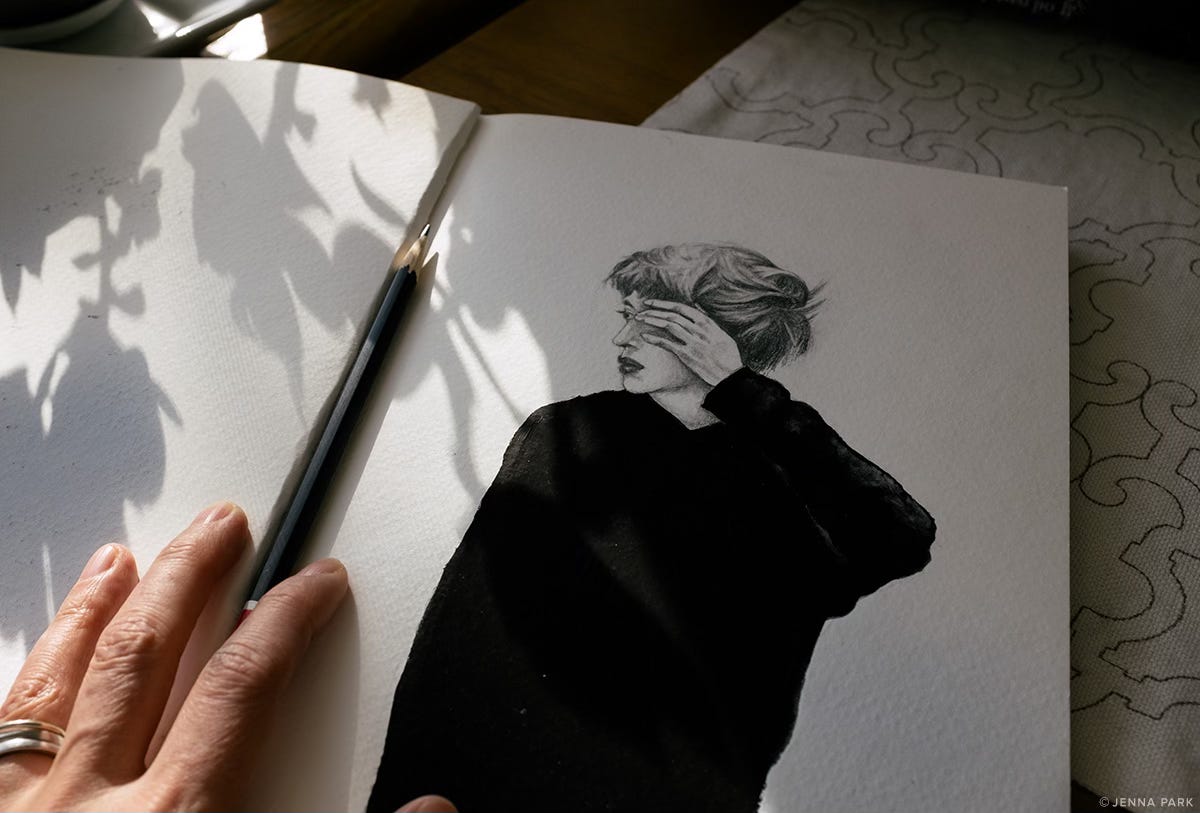
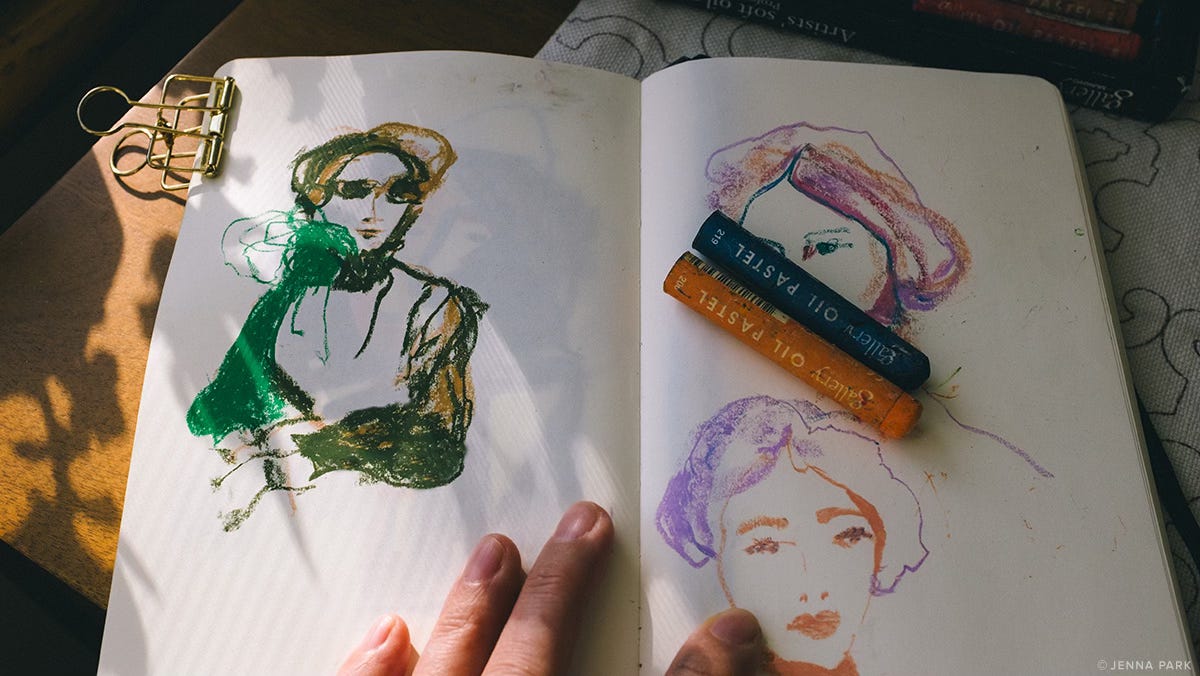

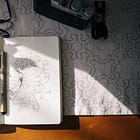
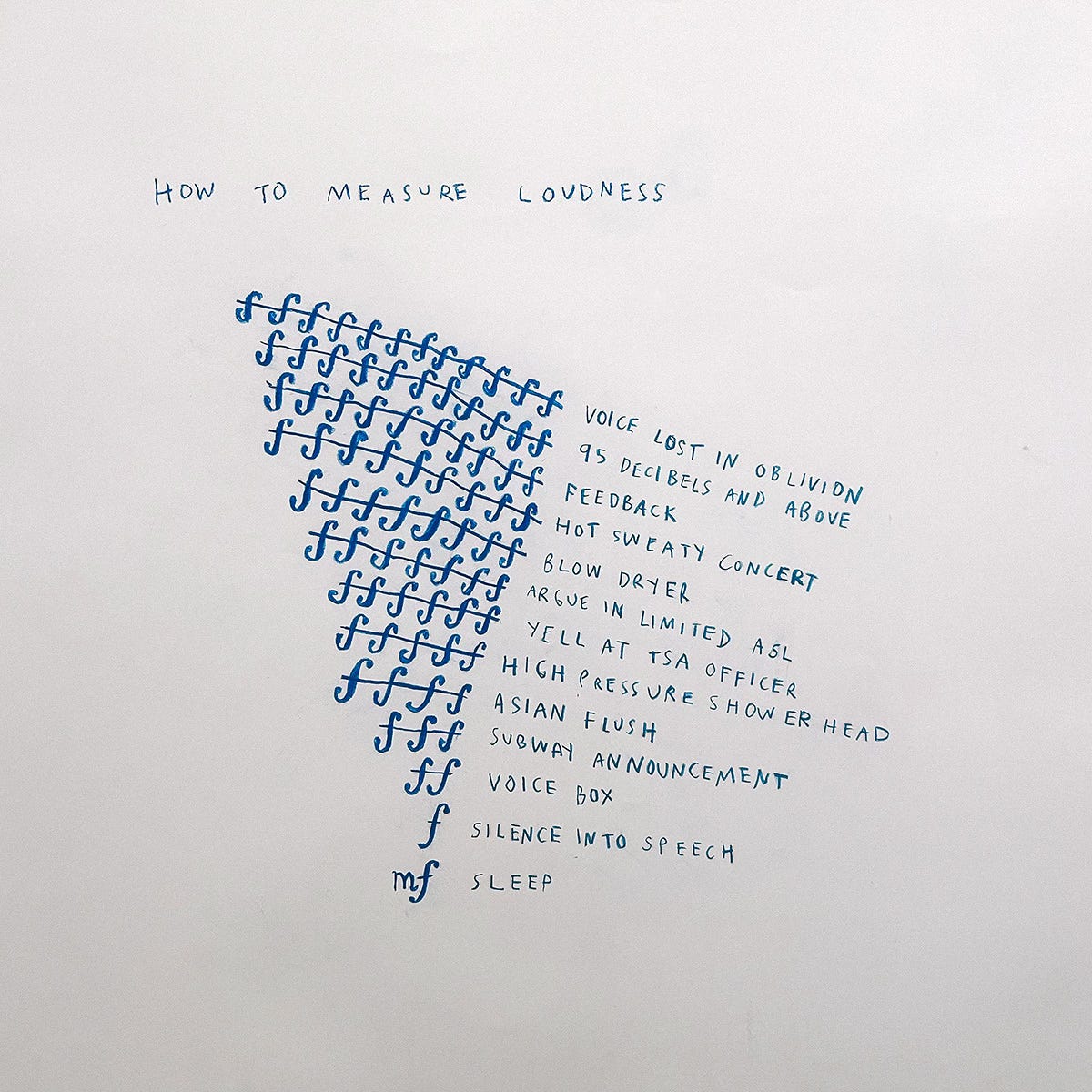
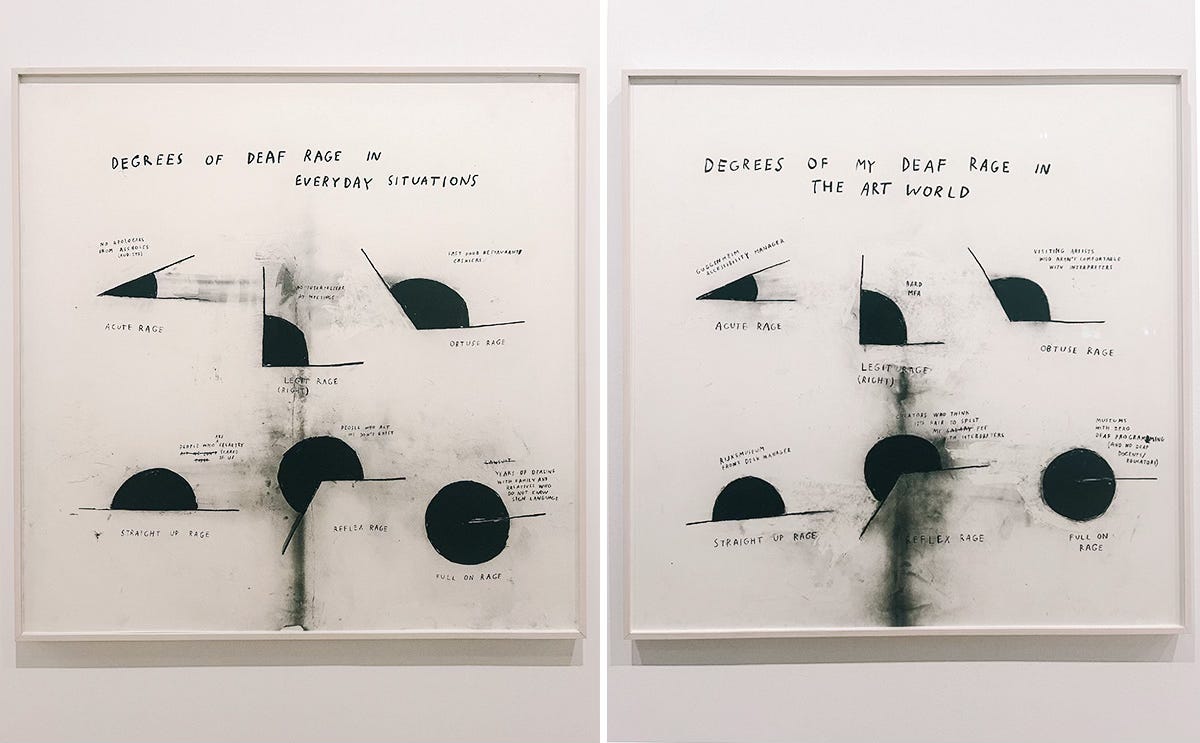
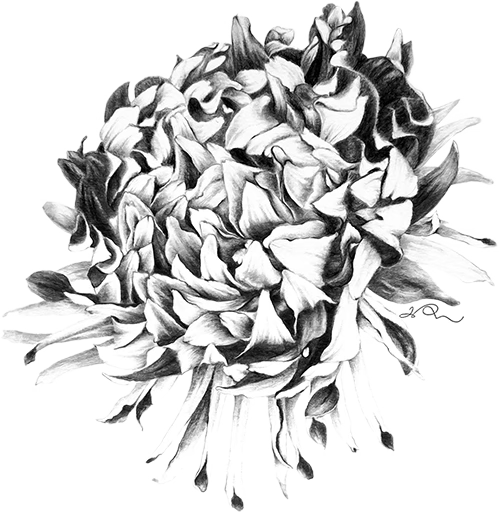
This is so good! One of my favorites of yours, I really feel what you’re saying. You are incredibly self-disciplined with your writing, I aspire to what you’ve accomplished with your blog and here on Substack. I always feel like my newsletters need to be “good.” But they’re actually more like your sketchbooks, sometimes one of my musings is worth developing at some point, but mostly they’re just sketches. I need to create a structure so I can do them regularly. Thanks for your thoughts here! And p.s. I really like the portrait below the one you’ve hidden, those are great colors!
‘Ambiguity isn’t the same as stagnation…’ I wanna scream it both into the mirror and from the rooftops. We’re so *obsessed* with certainty, aren’t we?! With somehow knowing what can’t really ever be assured, like the ‘quality’ of our art. Oh man… feeling it, Jenna. Thanks so much, as ever.